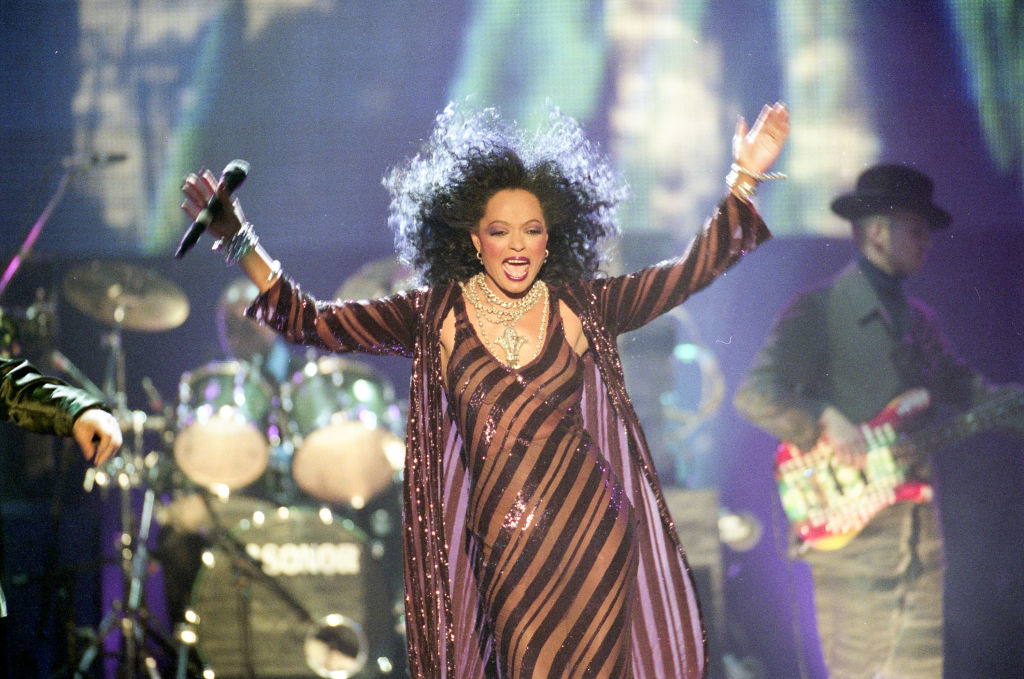
Source: JMEnternational / Getty
Sponsored by

There’s a tendency for Black women to enter a space and change the game — raise the bar. Diana Ross is the embodiment. She is the living blueprint that many divas follow. The singer, actress and fashion icon has pioneered a multifaceted path for Black women artists who have followed in her footsteps. Her influence is evident in our generation’s most notable stars: Mariah Carey’s glamour, Beyonce’s poise, and Rihanna’s constant evolution as a businesswoman. With elegance and femininity that is unparalleled, Ms. Ross Is a solidified Boss. A timeline that highlights parts of her journey shows us that the Detroit diva did that.
1964

Source: CBS Photo Archive / Getty
Diana Ross was born in Detroit, Michigan in 1944. The United States, pre-Civil Rights era, was not an ideal time to be Black. Detroit, however, became the epicenter of Black musical talent. In 1959, Diana Ross, Mary Wilson and Florence Ballard joined together as The Primettes and signed a record deal with Motown Records. The Primettes, later renamed Diana Ross and the Supremes, ascended to the upper echelon of the music industry. With Ross as their captivating lead singer, the Supremes “achieved 12 number one hits on the pop charts, including “Baby Love,” “Stop! In the Name of Love,” and “Someday We’ll Be Together.”
Ross’s elegance and flair, wide smile, rolling shoulder movement and stage presence drew the crowd’s attention. Her chic 1960s style—cropped wigs, jewels, tailored dresses, fur coats—was a flex. Motown’s musical sound has been called ‘the sound of young America’ and as one of its flagship acts Diana Ross’s voice helped to shape both the sound and fashion of that era.
1970
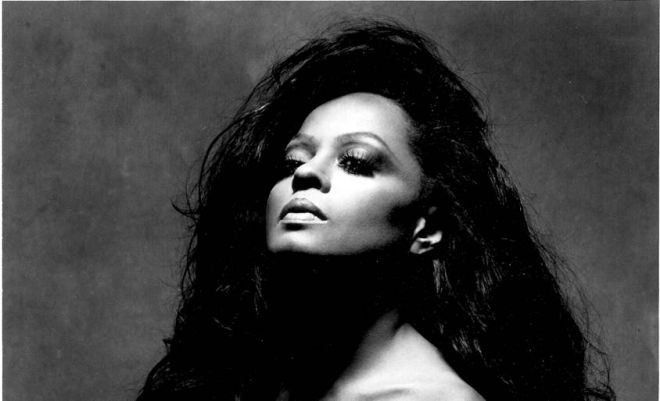
Source: MEMI / MEMI
After almost a decade of performing as a Supreme, Ross went solo. Ross introduced herself with a cover of Marvin Gaye and Tammi Terell’s classic “Ain’t No Mountain High Enough.” The reintroduction along with her debut album Diana Ross was the start of her journey to becoming an icon. Ross’s style continued to evolve as the times changed. She traded in bob wigs in favor of her long, voluminous, signature tresses.
1972
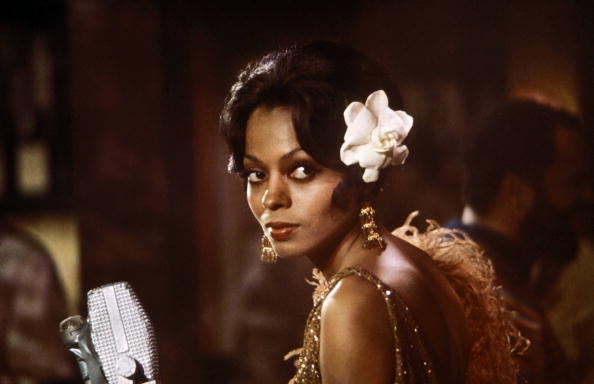
Source: RB / Getty
Ross found another outlet for her talent. The vocalist starred in her breakout acting role as Blues singer Billie Holiday in Lady Sings the Blues in 1972. The portrayal gave voice to all facets of Billie Holiday’s complex and tragic life. Ross played Holiday with compassion and grace. While reminiscing about Ross’s talent, Linda Cockwell, a longtime fan, told MADAMENOIRE “she should have won the Academy Award for best actress.”
Ross was nominated Leading Actress for the Oscars, Golden Globes, BAFTA awards. However, was awarded an NAACP Image award for the role.
1975

Source: Sunset Boulevard / Getty
Ross snagged the lead role in Mahogany, playing opposite actor Billy Dee Williams. The film would become a cultural moment for Black women. The story of Tracy, an inner-city secretary with aspirations to be a fashion designer, wowed viewers. Ross is remembered for the iconic 1970s looks she donned in the movie. Her style is still being recreated in modern day. Most recently, The Duchess of Susexx, Meghan Markle, attended the Queen’s Platinum Jubilee in a white Dior ensemble that conjured memories of Ross.
Just as memorable as the movie is in the culture, so is the theme song “Do You Know Where You’re Going To.” The song grapples with the question of purpose and direction. Her voice added an extra layer of connection and another reason to love her
1976
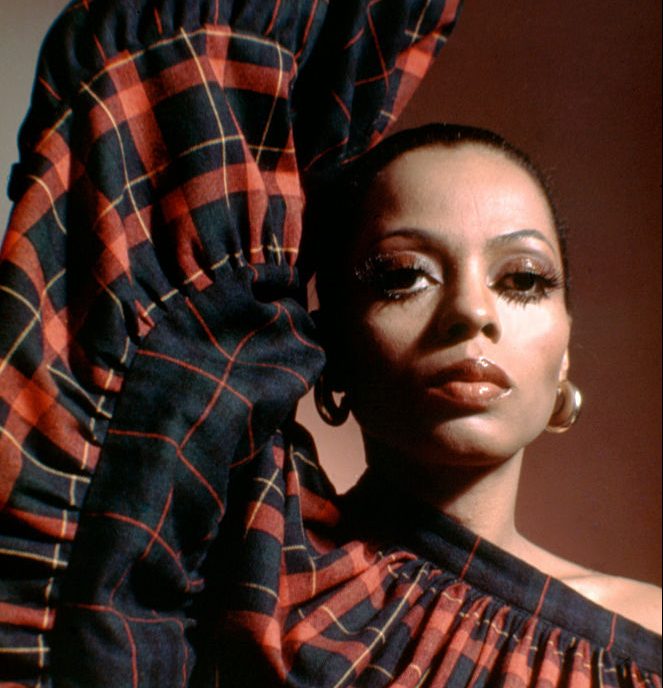
Sunset Boulevard
Fresh off the heels of Mahogany, Ross hopped back in her singing bag. The sound of America made a dramatic shift in the 70s. Disco took over and became a popular genre in Black culture. Ross reinvented herself once again. She hopped on the Hal Davis-produced track “Love Hangover.” The song was penned with Marvin Gaye in mind but was eventually handed over to Ross. Seven minutes of sensual, voicy seduction earned her a Grammy Nomination for Best Female Vocal Performance.
1978
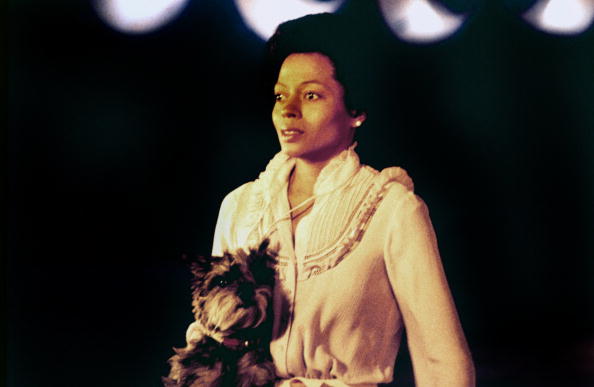
Source: Michael Ochs Archives / Getty
By the end of the 70s, Diana Ross was a seasoned actress and performer. An opportunity to star in a remake of The Wizard of Oz brought the multi-hyphenate to musicals. The Wiz was first brought to life on stage, then adapted for film. The lead role of Dorothy was modified to better suit Ms. Ross. Ross served youth and joy to the adult character that lives on in Black households; not to mention the timeless songs she sang, including “Believe In Yourself,” “Home” and “Ease On Down the Road.”
1979

Source: Sunset Boulevard / Getty
Diana Ross released The Boss, an album that asserted her womanhood. Long gone were the days of a polished young girl whose youthful voice was whimsical and naive. Ross was a woman in charge. She asserted confidence and independence in songs like “It’s My House.” She made clear that if you want to roll with the Diva “you’ve got to follow the rules.” The album and its title song made an impression on many. Radio personality-turned talk show host Wendy Williams spoke to the Wall Street Journal about the impact the album made on her almost 20 years later:
“Even though The Boss was released in ’79, the lyrics were still affirming for me in the ’90s. Diana was singing about having control of her heart and her life: “Fancy me / thought I had my degree / in life and how love / ought to be a run” and “I was so right / thought I could turn emotion / on and off.” You couldn’t pull anything over on Diana in that song.”
1980

Source: Bettmann / Getty
At this point in Ross’s career, she had become chameleon-like. Her ability to roll with any musical and fashion trend was undisputed. She would continue this trend during the 1980’s. Not far removed from Disco, Ross kept her reign on the charts by keeping up with the uptempo sound of the time while integrating a modern R&B sound for “Upside Down.” She also struck gold with the song that captured the hearts of the LGBTQ+ community, I’m Coming Out,” written by Niles Rogers. The famed songwriter and Chic frontman “was inspired to write the song after he visited a nightclub and saw drag queens dressed as Ross,” according to Today. Rogers understood the magnitude of Ross’s impact in the gay community. The song became a #1 Billboard single on the dance charts.
1983
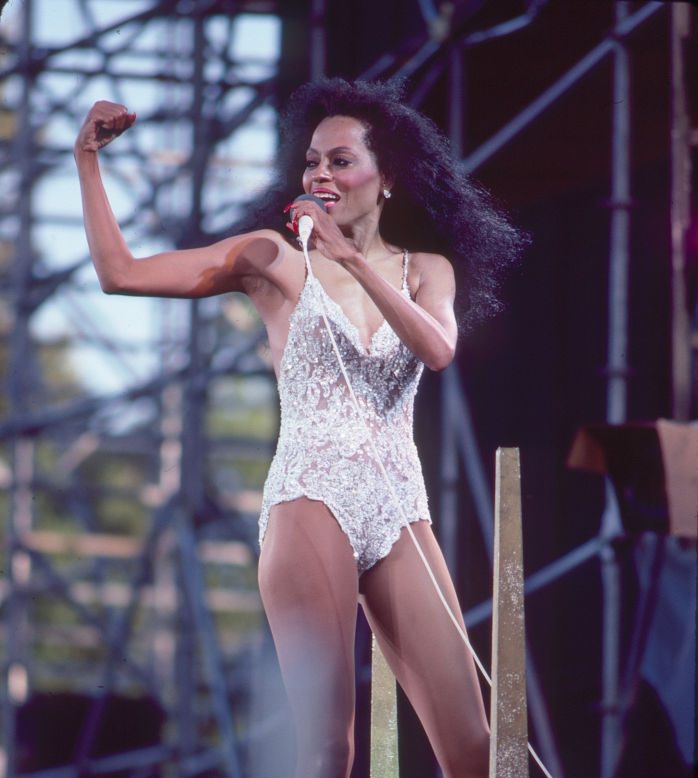
July 21, 1983, Diana Ross performed live in New York City’s Central Park. The show was aired on Showtime cable network. It was a moment that cemented Ross as a supreme Diva, fashion icon, and living legend. Ms. Ross pulled out all the receipts, confirming to her audience that she was a boss, indeed. She tore the stage down during a whole rainstorm. Ross owned the stage and made the rain appear not as an obstacle but a mere accessory in her greatness. Fans are still enamored with the image of her red, shimmering catsuit and wind tousled hair.
2022
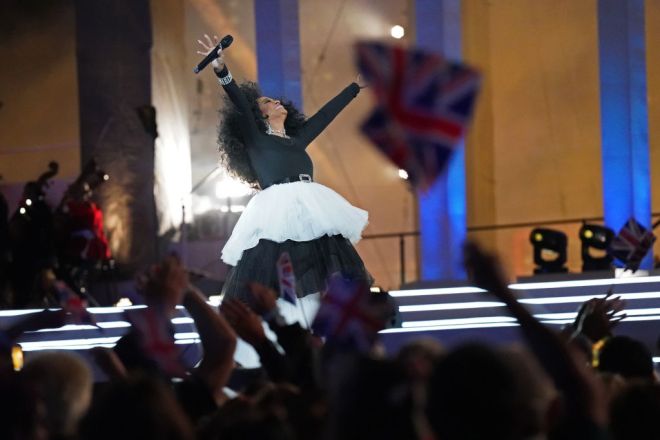
Source: Jacob King – PA Images / Getty
Diana Ross continues to be celebrated globally. Just recently, she was invited to perform at Buckingham Palace for the Queen’s Jubilee. Her status as the closer of the event is a testament to her international celebrity status and lasting impact on multiple cultures. This Black woman icon set the tone for fashion, elegance and talent. Ms. Ross will forever be the blueprint for excellence—and being the boss.
RELATED CONTENT: Diana Ross Was Warned That ‘I’m Coming Out’ Would Ruin Her Career









